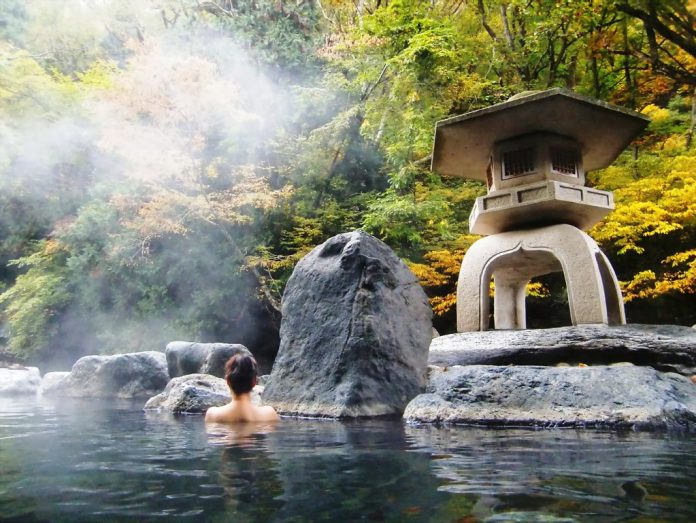If you are planning to go to a place and want to find an Japanese onsen (Japanese hot springs) place that fits your itinerary, there are plenty of options along the Japan country. Are you are looking for the best Japanese onsen? Let’s discover the famous and best onsen in Japan with top 5 best onsen towns in Japan with Living Nomads below.
- Top onsen in Osaka — 8 famous hot springs & best onsen in Osaka
- Hanamaki Onsen — Review experience Japanese Onsen bath at Hanamaki onsen resort in Kitakami
- 8 recommended onsen (hot springs) you should visit when traveling in Beppu, Japan
- 7 days in Japan itinerary: Suggested 1 week in Japan itinerary for what to do in Japan for 7 days
- The ULTIMATE Uji travel guide: Top attractions, best things to do in Uji Kyoto, Tips & MORE




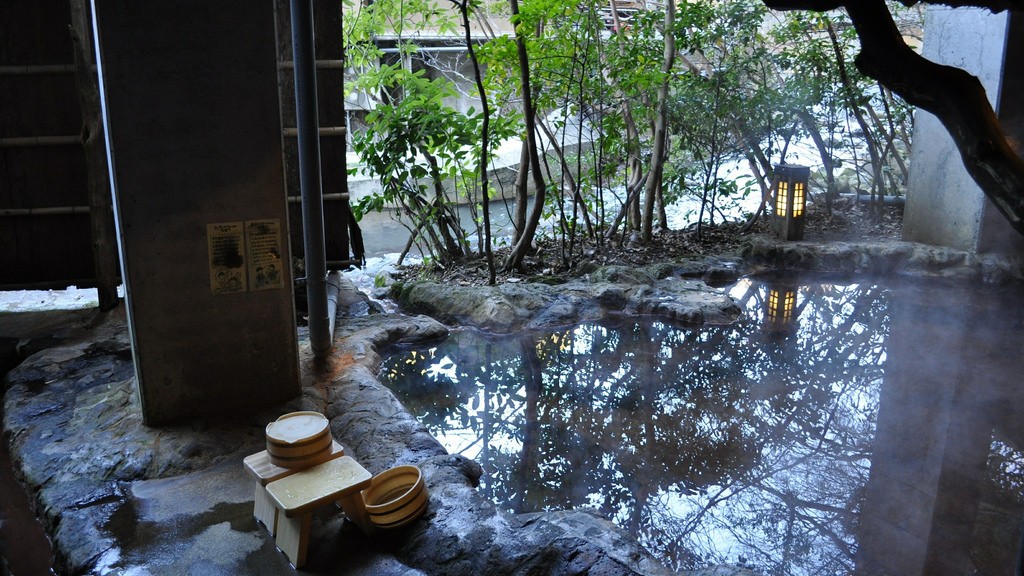



Here are top 5 best Onsen towns in Japan
Kinosaki, Hyogo: A picturesque stop between Kyoto and Hiroshima

An onsen town located in the Kansai area, you can immerse yourself in the hot water as well as the scenic Kinosaki as stepping out from paintings. The town is surrounded by a small river flowing through the center; with willow lines and a traditional place where visitors come here often wear yukata to walk every evening.


Famous for its healing waters, many bathrooms are built here with the belief that soaking in water can make the injury be cut


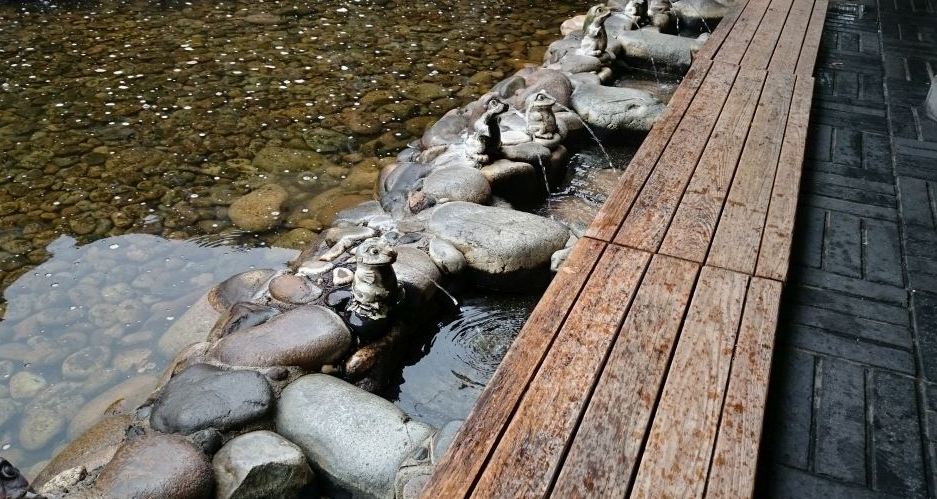
There are many public baths to choose from, along with free public foot baths to experience. Bathrooms range from traditional decoration to modern large styles for you to choose; There is a cave-shaped open-air bath in Ichinoyu, a bath overlooking the waterfall in Goshonoyu, and a private bath for families in Jizoyu. If you can linger for the longest time, you can try kayaking in the park, go snorkeling, try soba noodles, or even climbing the lava trail, you will not be bored when coming here.
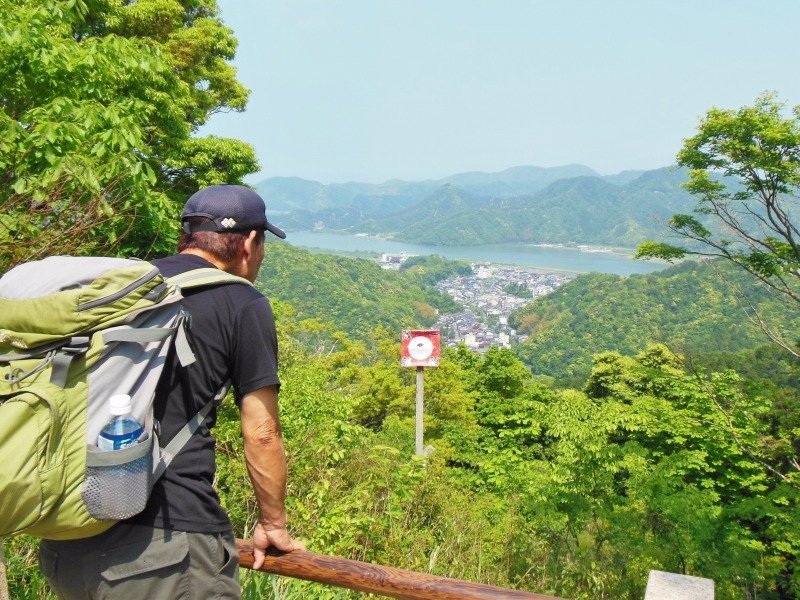


How to get there
From Tokyo, it takes about 5 hours to get here (maybe a little longer if you go with the JR Pass and can not get the Nozomi train). You will have to change the train twice in Kyoto and Fukuchiyama, so it is better to stop in Kyoto or Osaka and move from here. From Kyoto, Kinosaki, about two and a half hours from here, and it would be very convenient if you came to see the sand dunes at Tottori (2 hours), or Himeji Castle (about 3 hours), or go straight to Hiroshima ( 4-5 hours). All the routes are in the JR Pass and just add a small additional cost because Kinosakionsen is quite convenient.
Dogo Hot Springs, Matsuyama, Ehime: Explore Shikoku from Hiroshima

This is Japan’s oldest spa, Dogo onsen is over 3000 years old and is said to be the inspiration for the bathhouse in Hayao Miyazaki’s Spirited Away cartoon. As an important cultural asset, the onsen area is located in Matsuyama, the capital of Ehime Prefecture in Shikoku Island.


The wooden architecture itself is a landscape of this onsen, with a castle-like appearance, with the tower clocking three times per day. It is open to attract visitors as well as the royal families, where they have a separate bath called yushinden. Of course, you can not use this area, but here is a tour if you are curious about the royal standard. The neighborhood is also very suitable for walking, with the old-fashioned shopping street and a traditional clock tower with birds jumping every hour.


How to get there
You can take a ferry ride if you do not have a JR Pass ticket and prefer a boat, you can choose between spending two and a half hours with conventional ferries (31 dollars) or just take more than 1 hour if moving by SuperJet type (62 dollars/pm)

For those who have JR Rail Pass tickets, you can take Shinkansen to Okayama and then catch express train to Matsuyama, which takes about 3 hours totally. Taking a moment to explore Shikoku Island is a great idea as there are stunning mountain ranges, Shikoku pilgrimage trails, Iya valley vines that will bring you a wonderful expedition.
Gero, Gifu: A stopping place with the famous gassho slopes of Shirakawa village

Of course, this is not an onsen town with a famous scene, but Gero’s renown is credited with being one of Japan’s top 3 onsens by the Confucian poet Hayashi Razan. The name of the town means nausea, but do not worry about a name.

This place is quite popular, with many shops and public baths. You can buy one Yumeguri Tegata ticket to visit 3 different onsens (over 30 onsen options) for only 12 dollars. You can ask at the tourist office and look through the poster to choose where you want to visit. The plus point of Gero is that it’s quite close to Shirakawa-go and Takayama, so it’s a good idea to make a stopover overnight if you visit these spots.


How to get there
From Tokyo, it takes about 3.5 hours to get to Nagoya and Gifu points, which costs between 12,000 and 13,000 yen. If you leave from Nagoya, it will take you more than an hour and a half for the Hida Wide View to be admired by the ultra-wide window design of this vessel. Both two journeys are in the JR Pass and you can go to Takayama in less than an hour if you want to visit the village of Shirakawa gassho.
Beppu, Oita: Relaxing place near Nagasaki

This is an attractive place for many attractive; the Beppu hot springs are nicknamed the 8 Beppu Hellas, with really scary things like the crocodile pool or the blood tank. But you do not rush; there is also normal hot springs. Up to eight hot springs flow into this area, each bathhouse or bungalow selects different types of water sources.
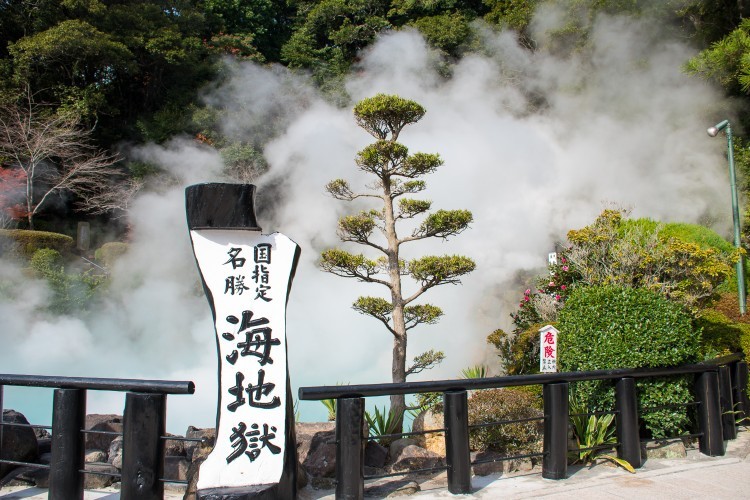
This place has more hot water sources than anywhere in Japan, so you will probably have a problem choosing which one to choose. If you are bored of water, why not try to relax in the hot sand of Beppu beach or soak in the mud? Onsen Hyotan is a place for massage along with indoor and outdoor baths that cost just 6 dollars.

The most famous Onsen area is Takegawara, which was built in 1879, with its traditional old-style bath. To visit “8 hells”, you can take the bus to visit some of them. If you want to try the beautiful scenery onsen, try Yufuin nearby, small, surrounded by trees and extremely traditional.



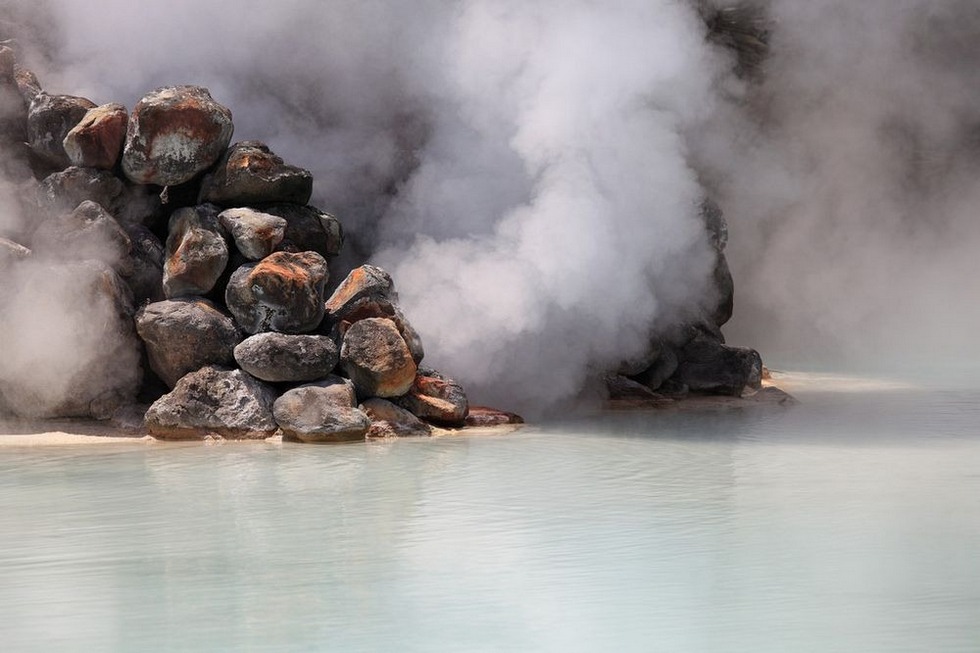
How to get there
If you go directly from Tokyo, it will take more than 6 hours and you will have to change the train at Kokura. It will be much easier if you go from Nagasaki. Beppu is 2 hours from Hiroshima (JR Pass route) and will take 4 hours to reach Nagasaki (also in JR Pass). In fact, you can go straight to Nagasaki in about two and a half hours but Beppu is worth the time to drop by.
Noboribetsu, Hokkaido

If you like to travel north, with the famous ice festival, this is a town onsen too cough cannot be ignored. The hot springs here pour out at 10,000 tons a day, making this place become the perfect place to warm the body in the coldest island of cherry blossom country.

You can go to the bottom of the water, which is nicknamed Hell Valley (the same nickname with Jigokudani of Nagano but unfortunately there are no monkeys at all). There are 11 different types of hot water, some of which are considered to be the best water sources in Japan, and each has different types of water. Daiichi Takimotokan has the most variety of water with 7 types of water and a modern space. There is a public swimming pool called Sagiriyu, which has 2 types of water and is the cheapest bathroom in the area.

How to get there
From Tokyo, you can go straight to Noboribetsu Station by taking Shin-Hakodate-Hokuto about 7 hours and then take the bus 15 more to get here. If you are already in Hokkaido then it will take only 1 hours away from Sapporo station if you go by Limited Express boat.

Are you finding more top things to do in Japan: Tours, activities, attractions and other things? Let’s check it out here.
































![10 best airports in Asia in 2016 [RANKED] kuala-lumpur-international-airport-best airports in asia in 2016 by skytrax ratings](https://livingnomads.com/wp-content/uploads/2016/08/29/kuala-lumpur-international-airport-best-airports-in-asia-in-2016-by-skytrax-ratings-218x150.jpg)








